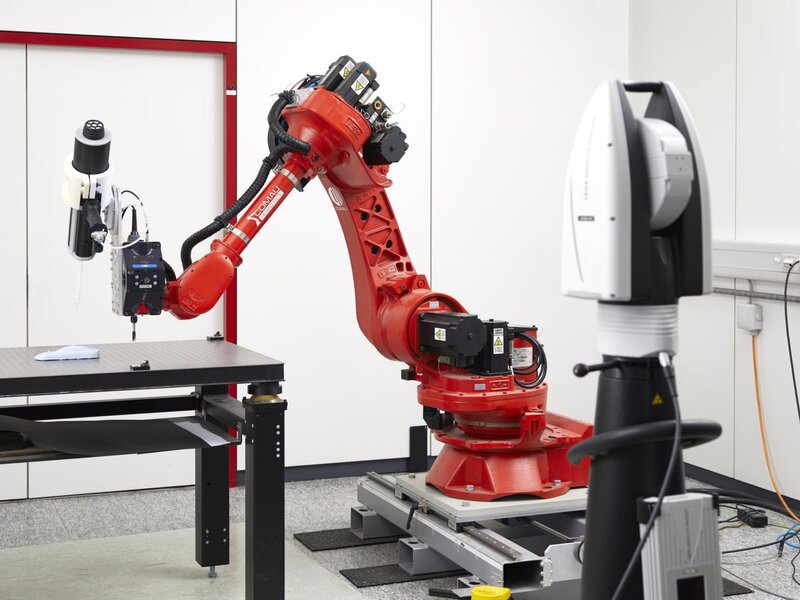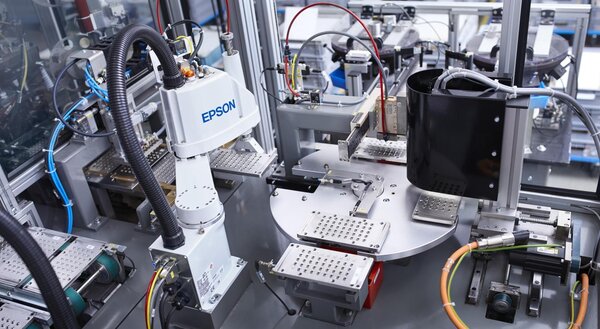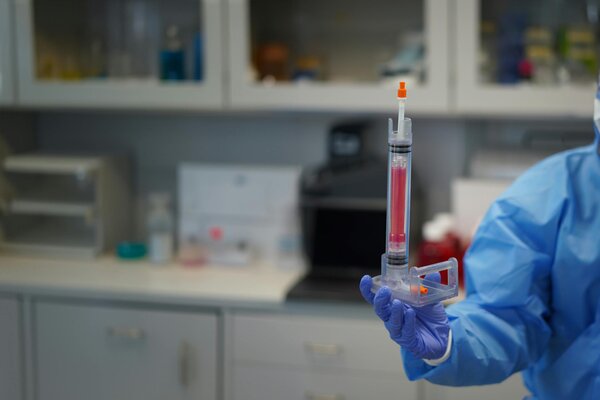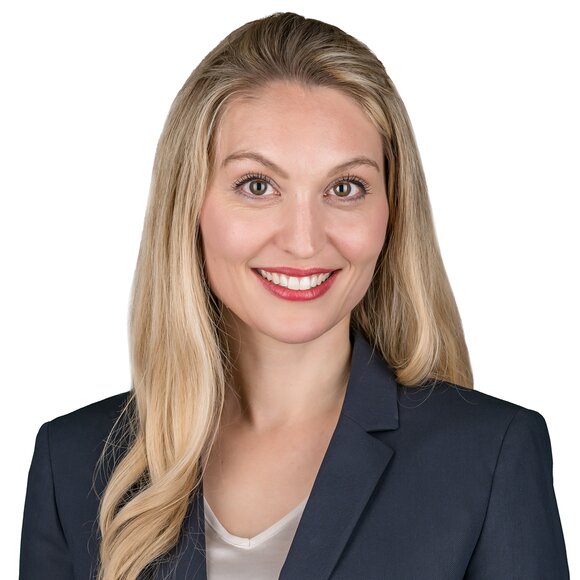Innovation partner CSEM: from vision to technology
Around 250 industrial projects per year, around 200 patent families and countless success stories: For 40 years, CSEM has not only been an important innovation partner for companies, but is also jointly responsible for Switzerland's top position in the international innovation rankings.

At CSEM in Alpnach/OW, you can experience at first hand what is achieved at six locations in Switzerland: The creation of technological innovation at the highest level. Pioneering developments such as a 3D-printed cushion for wheelchair users, a machine for forming human skin and an intelligent sensor system for rowing are created here in Central Switzerland. And these are just three of the many ingenious products that have been realized on the basis of technology “made by CSEM”. But anyone expecting a science fiction landscape where utopia becomes reality at the CSEM site in Alpnach is mistaken. In view of the fact that CSEM develops world-leading innovations, the site appears modest. What is obvious is that people are tinkering here. Microscopes and wires can be found next to tongs and test tubes, and a sterile laboratory is also part of the interior. Some of the specially created technologies are on display in a small section of the exhibition: For example, a highly specialized application that uses artificial intelligence to recognize profiles and keep them apart, even though they are very similar. Or a robotic arm that uses precise sensors to detect and sort out defective particles.
It's all about the “crunch”
CSEM develops such technologies from scratch. “We solve the crunch,” says Alexander Steinecker, Business Development Manager at CSEM. And thus points to the pure, open-industry technology, regardless of the industrial application and before it is incorporated into a product. Vincent Revol, Vice President of Industry 4.0 and Life Sciences, explains this using the success story of Impli AG - a US company that has set up shop in the Technopark in Root: Together with CSEM, the company is developing a sensor to monitor fertility hormones in women undergoing artificial insemination. “The underlying sensor technology could just as easily be used to measure stress levels in the body,” says Revol. The example shows that ultimately, different companies and industries should be able to make use of one technology.
Open doors for companies of all kinds
The fertility sensor and the sophisticated AI application illustrate the focus of the CSEM site in Alpnach: Industry 4.0 and life science technologies. However, companies interested in innovation have access to CSEM's full range of technologies via Alpnach. CSEM works closely with universities and other research institutes on its projects. The technical focus is broad - keywords include image processing, photonics, quantum technologies, digital health, solar cells and functional surfaces.
Incidentally, the president of CSEM for many years was none other than astronaut Claude Nicollier. The commitment of someone who has spent more than 1,000 hours in space and worked on the Hubble Space Telescope is clear to see: This institution must be a major player. However, this should not be a deterrent: “Our doors are open to companies from any sector, of any size and with any need for innovation - from start-ups to large companies,” says Alexander Steinecker. And he doesn't just mean for companies with innovation as a core strategy. On the contrary: traditional companies also have needs that call for innovation. For example, CSEM has equipped the mechanical springs of an SME with artificial intelligence - the springs are now “smart”. Using sensors, they display all the important data for monitoring their actual condition, which can be evaluated using software. In this way, precise statements can be made about their service life. Such companies are the focus of CSEM: the organization was originally created to ensure that the SME landscape in Switzerland could keep pace with technological change and remain successful. Even today, CSEM helps companies to adapt to rapid technological change, provides them with access to the latest technologies and works with them to develop customized solutions. In this way, companies can fully exploit their innovative strength. At the same time, they increase their efficiency, strengthen their market position and improve their competitiveness.
Low-threshold entry for SMEs and start-ups
Getting started should be as low-threshold as possible for companies. To this end, CSEM offers free technology coaching sessions, among other things. This involves identifying the needs of the companies and outlining possible solutions. “Many SMEs have a certain inhibition threshold when it comes to innovation,” says Vincent Revol. These relate to concerns about risks and costs. As far as financing is concerned, CSEM offers flexible models. This means that CSEM's services are also affordable for SMEs and start-ups. In order to give as many companies as possible access to its knowledge and network, CSEM works with partners such as Innosuisse. The organization also offers its own programmes such as “Accelerate”: This is aimed at people with an entrepreneurial spirit who can implement their idea directly at CSEM for one to two years. In this way, they benefit from the know-how and network of the CSEM team. Afterwards, they usually found their spin-off. Another initiative is the annual “Digital Journey” challenge specifically for SMEs. Interested companies can submit their idea for the digitalization of their company. With a convincing concept and a bit of luck, you can win development and transfer support from CSEM worth CHF 100,000.

Image: High-speed 3D in-line quality control for button batteries using a light field camera thanks to visual image processing and machine learning
The early bird catches the patent
“Companies with a need for innovative technology should get in touch with us as early as possible,” says Vincent Revol. Even if the idea is still in its infancy. Depending on requirements, CSEM supports its customers right through to market launch. Even after the project has been completed, the organization remains in close contact with the companies. An important keyword is “technology transfer”: CSEM supports its customers with advice and assistance, provides information on technological innovations and helps with optimizations. This keeps them up-to-date and puts them a decisive step ahead of the competition. Staying one important step ahead - this also applies to CSEM: that is why the organization not only develops innovations in response to customer requests, but also conducts its own applied research. CEO Alexandre Pauchard writes in the 2023 Annual Report: “At CSEM, we don't just follow technological trends, we help shape them and set new standards.” CSEM continuously renews its patent portfolio. In 2023, the innovation center had 177 patent families that it can make available to its customers.
CSEM's view of the future is shaped by the three major themes of digitalization, personalized health and renewable energies. Great importance is attached to sustainability. A look at CSEM's current projects quickly reveals that there is practically no area of social discourse in which the research and technology organization is not actively seeking sustainable solutions. How can a company get ahead as a business and still assume social and ecological responsibility? CSEM is the right partner to achieve this goal.

Image: Bioreactor for the development of vein grafts from human tissue material that can be integrated into the patient's body and become real, living tissue.

Anja Hammerich
Project Manager Communication/Content
Phone +41 41 367 44 08

